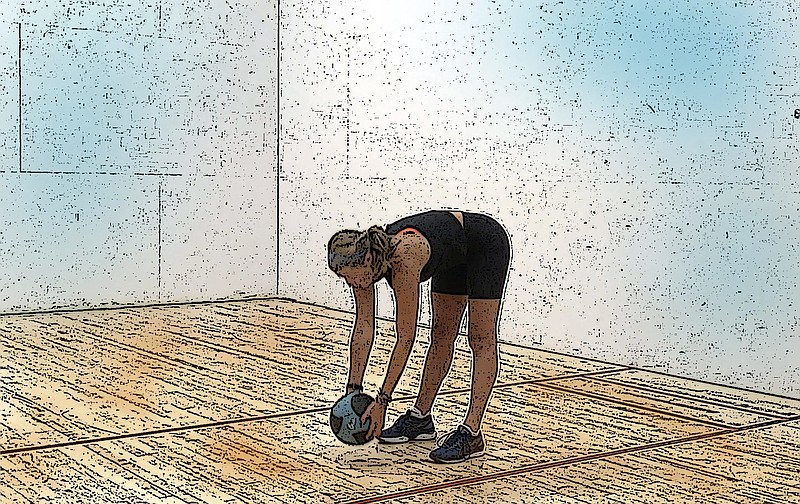The old adage "lift with your legs, not with your back" is a classic piece of good advice. And really, it is about minimizing the force-generation requirements on the lower back muscles, which are not well equipped to handle heavy loads without support from other muscle groups.
I have learned some additional tips for maintaining good lower back health, and I want to share an exercise that isolates the lower back in a controlled, safe manner.
Anyone who has had lower back problems will attest to their confounding nature. For some, the pain seems to come and go on a whim and without provocation from any sort of event or unusual pressure. This makes diagnosing a chronic lower back injury difficult, as the symptoms do not always reflect a structural disruption that would appear on an X-ray or MRI.
Many people also live with low level lower back pain for years before taking action, which can lead to a larger problem known as lower cross syndrome. This condition is present when a muscular imbalance occurs around the pelvic area, creating constant tension and an unnatural pelvic tilt.
In this situation, the hip flexors and hamstrings are too tight, the abdominals and gluteal muscles are weak, and the lower back muscles are inflexible. It is a prime combination for lower back pain, and it can cause debilitating results in severe cases.
The good news is that lower cross syndrome can be prevented through physical activity, stretching and postural awareness.
Those who have lower cross syndrome often can reverse the condition by changing their activity patterns.
One key is to maintain strong abdominals and gluteal muscles, which can be achieved through traditional cardiovascular and strength training. But flexibility is the other primary factor, so stretching the hip flexors and hamstrings is critically important.
There are also specific exercises to help with stretching and strengthening, such as this week's movement. The Super Stand Up goes against the old "lift with your legs, not with your back" advice while controlling the resistance and repetition speed very carefully.
[Video not loading? See arkansasonline.com/82master]
1. Select a lightweight medicine ball and place it on the floor in front of you.
2. Stand facing the medicine ball (a foot away) with your feet shoulder width apart.
3. Bend over at the waist and grasp the medicine ball.
4. Keep both arms extended -- as well as both legs. If you're prone to hyperextending your knees, don't let that happen; just keep your legs straight.
5. Without bending the knees, pick the medicine ball up and stand back up. As you do this, allow both arms to extend overhead without bending the elbows.
6. As you reach the full overhead position with the ball, slowly reverse the motion and touch the ball back on the starting point.
7. Continue this pattern for two sets of 10 repetitions.
I recommend using a very lightweight medicine ball for the first few weeks.
This exercise obviously places direct pressure on the lower back, so it might not be appropriate for those experiencing lower back pain (consult your therapist). But combined with a solid stretching program and abdominal exercises, this movement can help many of us to prevent or treat lower cross syndrome. So, let's get after it!
Matt Parrott has a doctorate in education (sport studies) and a master's in kinesiology and is certified by the American College of Sports Medicine.

